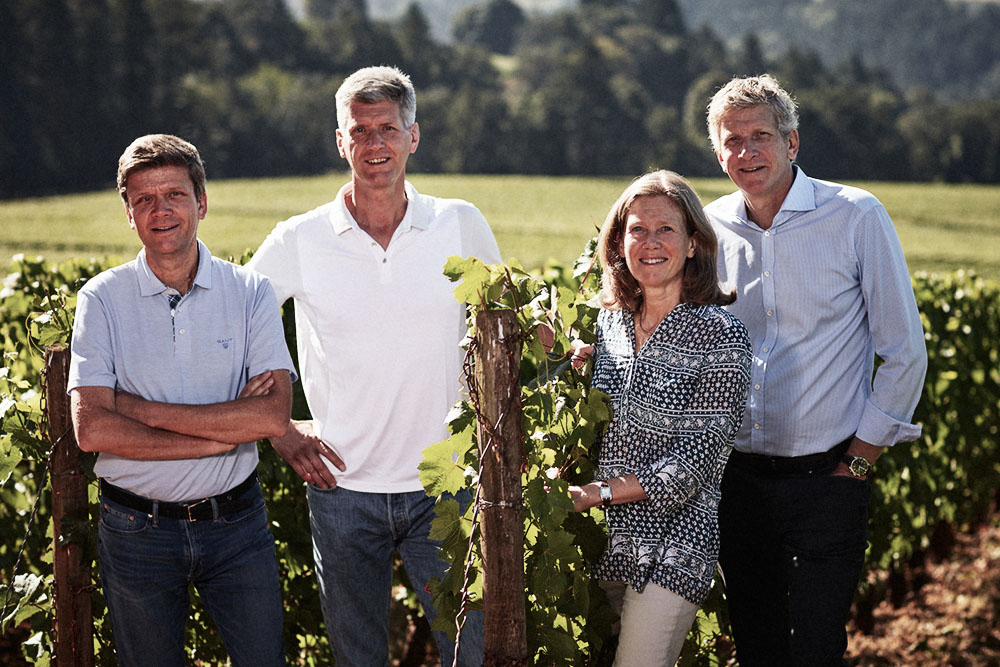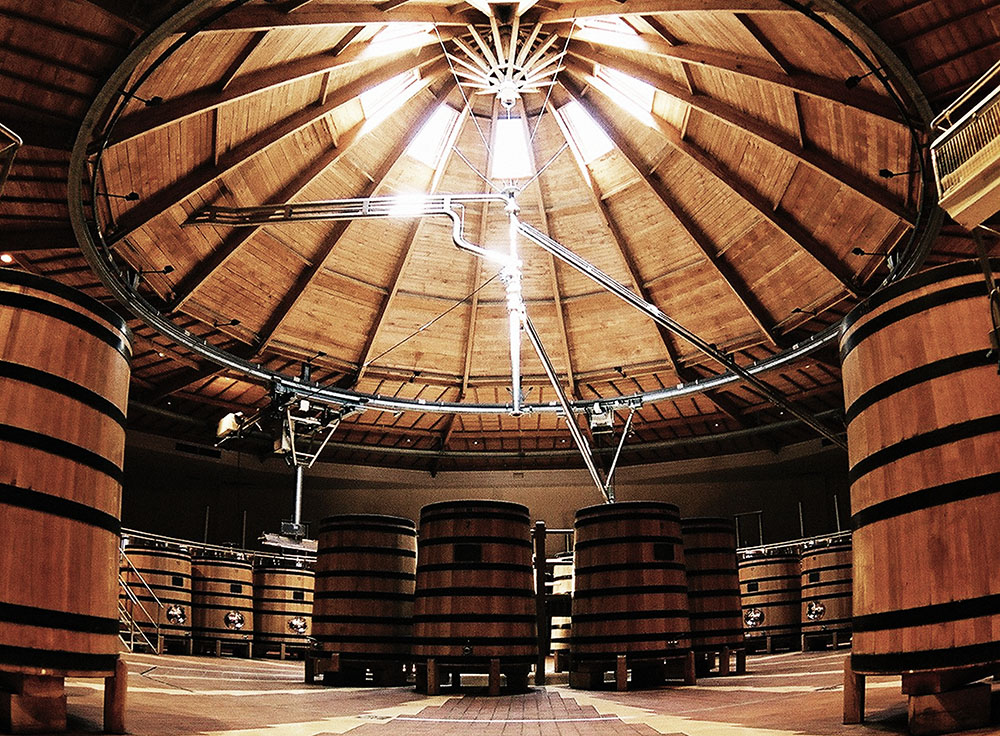Chablis, though certainly not off the beaten track, gets my vote as the best-value white wine appellation in the world. Like the rest of Burgundy, there’s a prestige hierarchy that goes from Chablis (Village) to Premier and Grand Cru Chablis. Additionally, there’s Petit Chablis, which sits below Chablis and, in the right hands, offers fabulous value.
Overall, Chablis, Burgundy’s lightest expression of Chardonnay, are flinty and elegant, delivering citrus raciness. As you go up the prestige ladder, the wines become fuller-bodied with more complexity and a longer finish. Petit Chablis and Chablis are ready to drink upon release, though the best village Chablis will develop more complexity after a few years in the bottle. They can easily last and even improve for a decade, as Drouhin’s decade-old 2008 Domaine Vaudon Chablis Réserve de Vaudon reminded me recently. Premier and Grand Cru Chablis, on the other hand, need a minimum of five to 10 years, respectively, to show their potential.
In the Côte Chalonnaise region, Mercurey and Rully offer good-value reds and whites. Both colours from both villages convey a firm, stony character, with the wines from Rully being more than a touch lighter. The reds from Mercurey, especially, and Rully take a few years of bottle age to round out, whereas the whites are ready to drink upon release, but do develop engaging complexity with a few years of bottle age. The other major village, Montagny, is home exclusively to whites, which are often slightly more full bodied. Bouzeron, a village which also produces only white wines, is unique in mandating the Aligoté grape instead of Chardonnay. Its wines, though lighter, display an alluring spiciness and bracing acidity.
Mâconnais wines, almost exclusively white, vary from innocuous to stunning. Those labelled Mâcon-Villages can come from anywhere in the appellation. If the grapes come exclusively from a particular village, the wine could carry the village’s name, such as Mâcon-Lugny, but the producer’s name is still the most important information on the label. The most renowned appellation here is Pouilly-Fuissé, whose wines also vary from mundane to magical. Recently, Pouilly-Fuissé growers convinced French wine regulators to identify Premier Cru vineyards. So, consumers will start to see that distinction on labels beginning with the 2019 vintage.
Quality-wise, between Mâcon-Villages and Pouilly-Fuissé are a number of smaller, less well-known appellations, which can represent great value because they lack the name recognition of Pouilly-Fuissé, and the terroir is, in general, better than that of Mâcon-Villages. Look for wines from Saint-Véran, Viré-Clessé, Pouilly-Vinzelles and Pouilly-Loché. Broadly speaking, the wines from the Mâconnais display an appealingly straight-forward combination of fruitiness — though not as overt as in California Chardonnay — and minerality. The minerality can be especially pronounced in the wines from the more prestigious sites. These wines offer immediate enjoyment upon release, but the wines from the top sites and the best Pouilly-Fuissé growers develop unimaginable complexity after a decade of bottle age.


